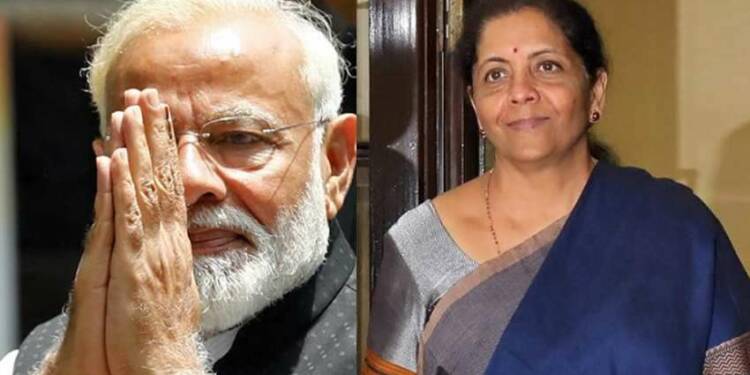In a step that would further lead to privatization and efficiency of the banking sector, the government has allowed all private banks to participate in its businesses. Given the fact that the government is among the largest clients with an annual transaction of more than 60 lakh crore rupees, this step might open up newer avenues of opportunities for the smaller private sector banks that offer niche services but are not allowed to participate in the government business due to their small size.
Finance Minister Nirmala Sitharaman tweeted, “Embargo lifted on the grant of Govt business to private banks. All banks can now participate. Private Banks can now be equal partners in the development of the Indian economy, furthering Govt’s social sector initiatives, and enhancing customer convenience.
Government-related businesses include tax payments, revenue payments, pension payments, small savings schemes, and many other types of businesses. “With the lifting of the embargo, there is now no bar on the RBI for authorization of private banks for government business, including government agency business,” said the finance ministry in a press release.
For the last few years, the Finance Ministry is trying to infuse private energy in the banking sector by expanding the area of operations of the private banks as well as with privatisation of inefficient public sector banks. In the initial years, the Modi government made many efforts for the revival of public sector banks which dominated the banking and financial sector but got very little success.
Even today, the banking sector is playing the role of a decelerator in the economic growth of the country given the fact that credit penetration in India is one of the lowest in the world. The reason behind this lackluster performance of the Indian banking sector is the domination of the public sector banks which account for around 70 per cent of the country’s banking industry. It has been almost five decades since Indira Gandhi nationalised banking in 1969, with the intention to improve lending in ‘strategic areas’, but since then the banking story of the country only got worse.
In the last Economic Survey, policymakers argued that India should have at least 6 banks at the top, while it currently has only one- SBI. Even countries like Finland, Austria and Denmark perform better than India. “India’s banks are disproportionately small, compared to the size of its economy. In 2019, when the Indian economy is the fifth-largest in the world, our highest ranked bank—State Bank of India— is a lowly 55th in the world and is the only bank to be ranked in the Global Top 100,” the Survey observed.
The primary reason behind the poor performance of Indian banks is the domination of the public sector in the banking and financial services industry. The PSBs are well known for their inefficiencies and lethargic operations. Most of them operate under public pressure and have been infamous for giving loans on phone calls. The investor confidence in PSBs is so low that the market capitalisation of all PSBs is lower than that of HDFC. A single private sector bank is valued more than all the public sector banks of the country.
Therefore, by doubling down on efforts to privatize the inefficient banks (privatization of two PSBs was announced in the last budget), and expanding the scope of business for private sector banks, the government is incentivising private players and pulling up inefficient public sector banks.































